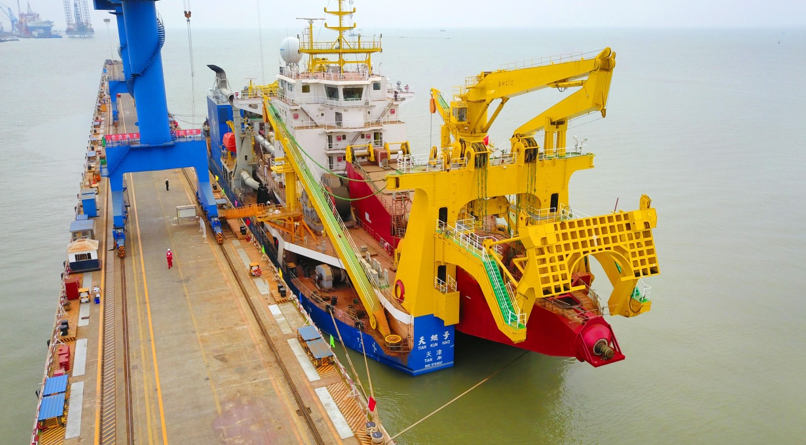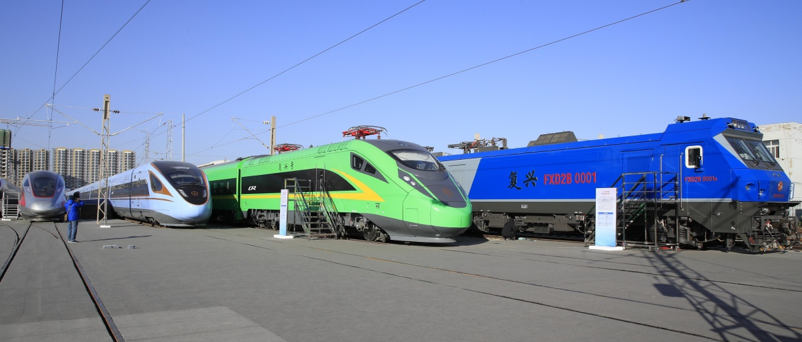Intellectual property cooperation assists Belt and Road construction
By Qu Song, People’s Daily
Intellectual property (IP) has been among China’s priorities when it implements the Belt and Road Initiative (BRI), given its importance in the cooperation among en-route countries.
According to recent data released by the World Intellectual Property Organization (WIPO), China filed 48,882 applications under the WIPO’s Patent Cooperation Treaty (PCT), ranking the second in the world.
It indicated that the country is beefing up IP cooperation with its global partners when it steps towards an IP powerhouse.
Among the top 15 origins for PCT filings, only China and India are middle-income countries, and China is the only one that recorded double-digit annual growth – filing 13.4 percent more applications from a year before.
China has posted double-digit annual growth rates in PCT applications since 2003. In 2017, its export of IP royalties exceeded $4 billion for the first time.
China upgraded the protection of intellectual property right (IPR) to a national strategy after it released the National Intellectual Property Strategy in 2008, effectively pushing the country a step closer to a business environment that is more fair, transparent and predicable.
In order to optimize management efficiency, the country restructured its intellectual property administration last August to centralize the management of patents, appearance designs, trademarks, geographical indications, and layout designs of integrated circuit.
Given the fundamental role IP plays in the process of building Belt and Road, China has devoted proactive efforts on such cooperation when implementing the initiate.
A joint initiative to intensify IP cooperation among en-route countries was released by the first High-level Conference on Intellectual Property for Countries along the Belt and Road held in Beijing in July 2016, during which a mechanism on IP cooperation was established as well.
During the first Belt and Road Forum for International Cooperation (BRF) held in 2017, an agreement on enhancing Belt and Road intellectual property cooperation between China and the WIPO was inked, endowing more international significance to IP cooperation along the route.
Commissioner Shen Changyu of China National Intellectual Property Administration (CNIPA) noted at the second High-level Conference on Intellectual Property for Countries along the Belt and Road last August that all the IP cooperation projects within the framework has been put into implementation under joint efforts.
China’s rise to the world’s second largest source of PCT applications, as well as its high annual growth illustrate that its IP royalties now have more weight in international society.
WIPO’s director general Francis Gurry, also as signatory of the agreement on enhancing Belt and Road intellectual property cooperation between the WIPO and China, said in a recent interview with Chinese media that different from traditional trade pacts and cooperation models, the Belt and Road is more about strengthening the capacity of the Belt and Road countries in trade and business cooperation, and intellectual property plays a vital role in such capacity building.
Chinese leadership lays great emphasis on the role of intellectual property in an innovation-driven contemporary economy, and all other economic spheres, said the WIPO head, who signed the deal when attending the first BRF.
The deal also marks the first agreement between the Chinese government and an international organization regarding the IP cooperation among Belt and Road countries.
Gurry believes that Chinese experiences also indicated the country’s long-term commitment to intellectual property, which is an important reference for other countries.
As the chief of the UN institution to protect IP registration and encourage innovation, Gurry also pledged an active engagement of WIPO in the China-proposed BRI.
The head, who will soon kick off his journey to Beijing to attend the second BRF, also hoped China can share more of its experiences in intellectual property with the Belt and Road countries, so as to propel intellectual property undertakings and economic prosperity of these countries.

Asia’s largest dredging vessel Tiankun starts maiden voyage, after completing the customs clearance procedures on March 12, 2019. The dredger is independently developed and built by China. (Photo by People’s Daily Online)

Fuxing bullet trains are exhibited at the China Railway Science and Technology Innovation Achievement Exhibition, December 25, 2018. The exhibition was opened at the China National Railway Track Test Centre, Beijing on December 24, 2018. The exhibition, hosted by China Railway Corporation, displayed a batch of advanced railway technologies and equipment independently developed by China, including the 17-carriage Fuxing bullet train running at 350-KPH, 8-carriage Fuxing bullet train running at 250-KPH, and a Fuxing model with a centralized power system that runs at 160 KPH. In addition, the new coatings for the high speed trains running on the Beijing-Zhangjiakou Railway were also unveiled for the first time at the exhibition. (Photo by People’s Daily Online)












